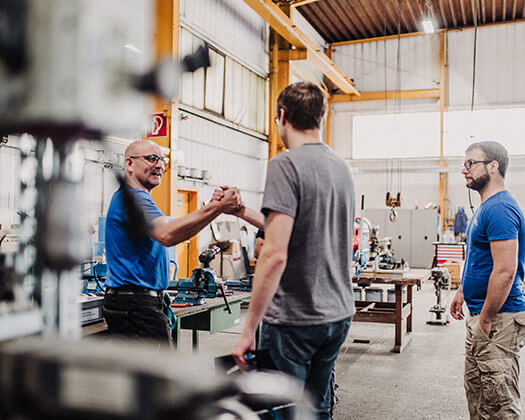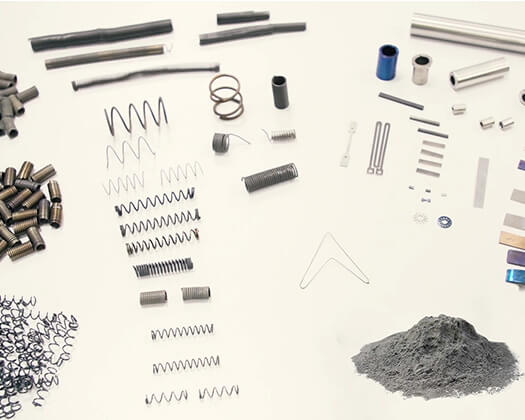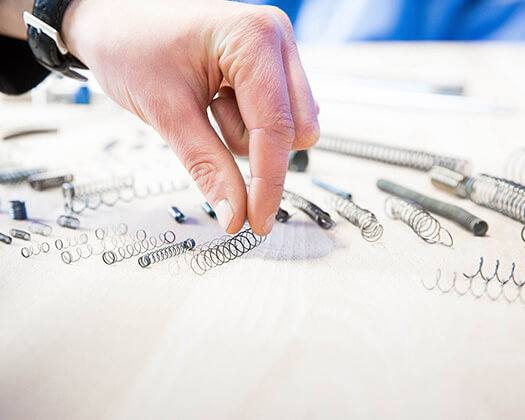What is nitinol?
The first observation of a shape memory effect was made by the Swede Arne Ölander in the early 1930s on an AuCd alloy, which, however, could not be explained at that time. It was not until 1963 that intensive research on shape memory alloys was triggered by a chance discovery during research on heat shields. As a result of this discovery, the nickel- and titanium-based shape memory alloys with the highest technological significance to date were developed at the Naval Ordnance Laboratory (Maryland, USA); they now have the trade name Nitinol (Acronym für „NIckel TItanium Naval Ordnance Laboratory“).
To date, the largest area of application for Nitinol has been in medical technology. A few years ago, about 90% of NiTi applications were found there. It was here that the cardiological stent was mass-produced. Due to its pseudoelastic material behavior, it can be passed through a microcatheter. When it emerges from the catheter in an artery, it resumes its original shape and can keep the vessel open and prevent a renewed occlusion. This treatment method is used, for example, in cases of arteriosclerosis, a hardening of the arteries. Nitinol is also used in the dental industry (e.g. root canal files), surgery (surgical tools) and orthopedics (orthoses).
Application of Nitinol
Thanks to their extraordinary properties, technical applications of SMA / NiTi shape memory alloys can be found in many fields. While thermal shape memory for actuators is used in the aerospace industry, among others, pseudoelastic SMA is mainly used in medical technology, where in addition to the high flexibility often required, the good corrosion resistance and biocompatibility also come into play. In addition to their widespread use as stents, SMAs in medical technology are used, among other things, as guide wires in minimally invasive surgery and as orthodontic wires for tensioning braces. Other applications include glasses frames, vibration damping elements and solid-state joints.






